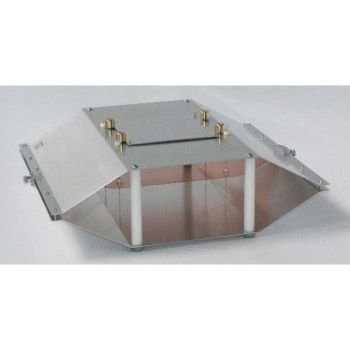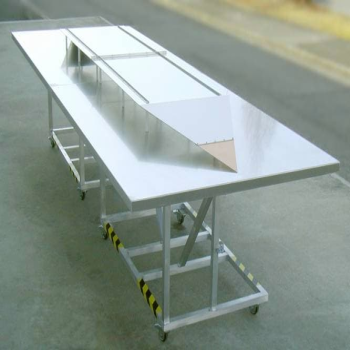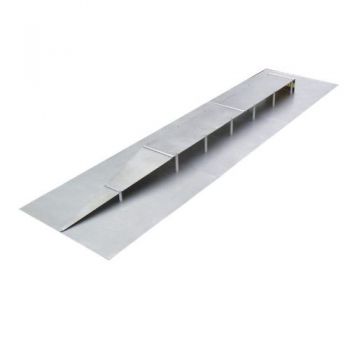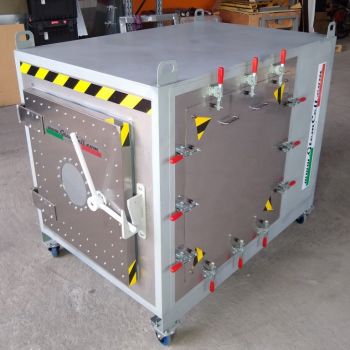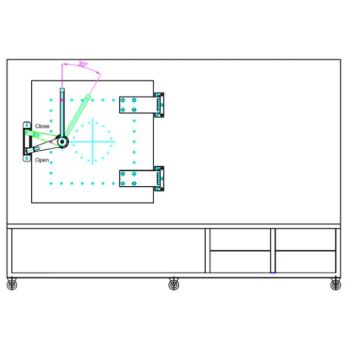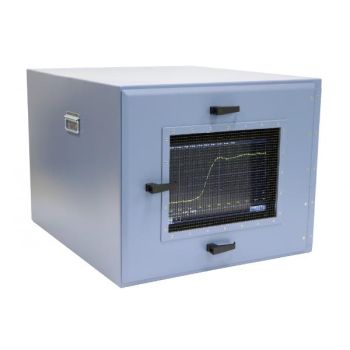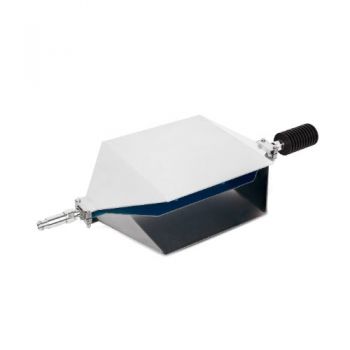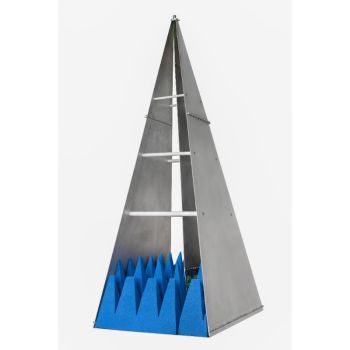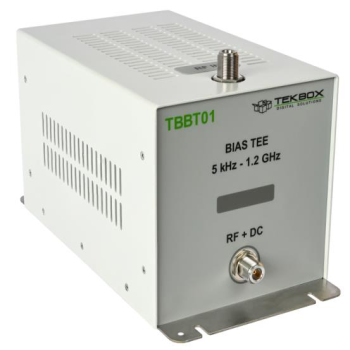DTEM 6000 Double TEM for Shielding effectiveness
Double Transverse ElectroMagnetic (DTEM) cell or Double Crawford cell (named after its inventor) is used to generate accurate electromagnetic waves over a wide frequency range: DC (0 Hz) to 6 GHz and measure attenuation through materials in a very predictable and accurate way. EM waves generated in the cell propagate in transverse mode and have the same characteristics as a plane wave. It can be used to calibrate E-field broadband probes for testing radiated E-field immunity as well as for measuring radiated emission from a product with a spectrum analyzer/EMI receiver.
PARTNER:
MARKETS:
TEST STANDARDS:
Double Transverse ElectroMagnetic (DTEM) cell or Double Crawford cell
(named after its inventor) is used to generate accurate electromagnetic waves over a wide frequency range: DC (0 Hz) to 6 GHz and measure attenuation through materials in a very predictable and accurate way. EM waves generated in the cell propagate in transverse mode and have the same characteristics as a plane wave. It can be used to calibrate E-field broadband probes for testing radiated E-field immunity as well as for measuring radiated emission from a product with a spectrum analyzer/EMI receiver.
Since the TEM cell operates in the bi-directional mode it is assumed that two cells coupled through a common aperture maybe used as a radiated field measurement system. The coupling between cells through their common aperture yields the basic result which the dual-cell correct operation relies on. Providing the upper side of the TEM cell with an aperture, the generated field, which is known and uniform, couples into a second similar above-standing cell. When mounting the shielding material sample on the aperture, the coupling between the source cell and the transducing one is reduced. The amount of this coupling reduction is a direct measure of the shielding effectiveness of the sample material under test
The measurement has a substituting approach and therefore is performed through two phases: in the first phase, called the calibration phase, the transduced signal power level is measured in a free aperture condition; in the second phase, the same measurement is accomplished by mounting the sample on the aperture. The shielding effectiveness (SE) is so defined as: SE = 10 Log A/B where: A = signal power level measured without the test sample B = signal power level measured with the test sample mounted


